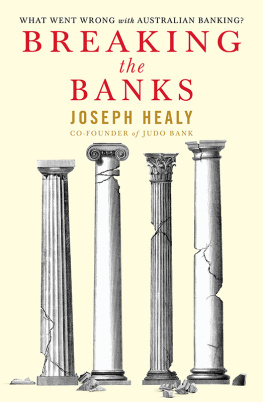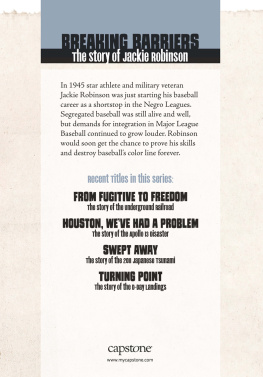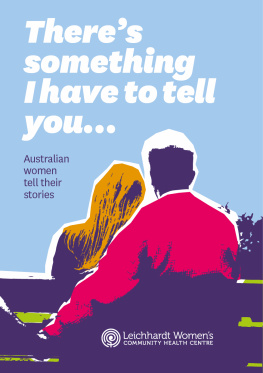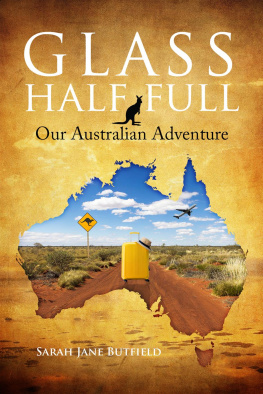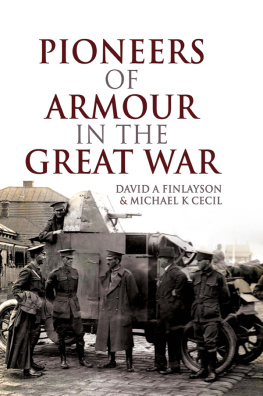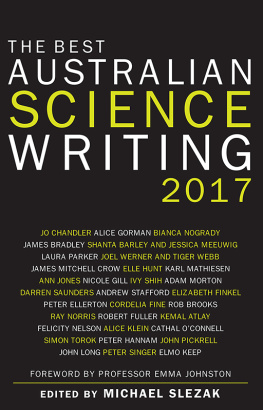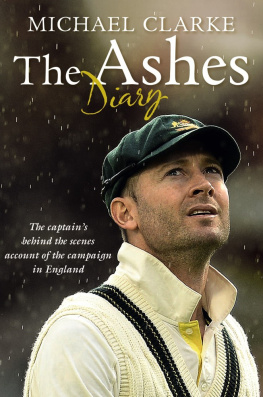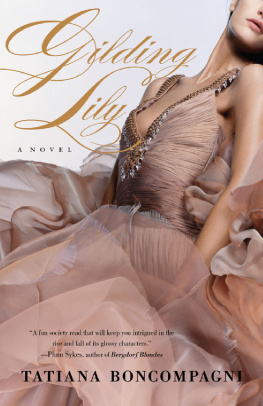The making and breaking of the Australian family
First published in 1991 by Allen & Unwin
Published 2020 by Routledge
2 Park Square, Milton Park, Abingdon, Oxon OX14 4RN
605 Third Avenue, New York, NY 10017
Routledge is an imprint of the Taylor & Francis Group, an informa business
Michael Gilding 1991
All rights reserved. No part of this book may be reprinted or reproduced or utilised in any form or by any electronic, mechanical, or other means, now known or hereafter invented, including photocopying and recording, or in any information storage or retrieval system, without permission in writing from the publishers.
Notice:
Product or corporate names may be trademarks or registered trademarks, and are used only for identification and explanation without intent to infringe.
National Library of Australia
Cataloguing-in-Publication entry:
Gilding, Michael.
The making and breaking of the Australian family.
Bibliography.
Includes index.
1. Family Australia. 2. Marriage Australia.
3. Divorce Australia. I. Title.
306.850994
Set in 10.5/12pt Garamond by SRM Production Services Sdn Bhd, Malaysia
ISBN-13: 9780044423485 (pbk)
A funny thing happened when I started writing the final chapter of this book, on the post-war era. I remembered why I had begun the book in the first place.
I was born in 1955, and spent the first seventeen years of my life with my mother, father, two sisters and a brotherfirst in a weatherboard Housing Commission home in the southern suburbs of Adelaide, later in our own brick home in the more comfortable Adelaide foothills. On both occasions we were surrounded by other families much the same as our own. The main difference seemed to be wealth: in the Housing Commission suburb we appeared to have more, in the foothills we appeared to have less.
In my late teens my parents separated. This was at the time a traumatic event which seemed to violate a natural and rightful order. Several years later, during my final year of a history degree at the Australian National University, I read one of the pioneering social histories of the family, Lawrence Stones The Family, Sex and Marriage in England 15001800. The book was a revelation, as it now appeared that the family of my childhood was neither natural nor inevitable. Rather it was a product of history. At the time there was no comparable study on the family in Australia, so I decided to write my own.
During 197984 I wrote a PhD thesis on the history of the family in Australia in the Sociology Department at Macquarie University. Its eventual titleaccurate but inelegantwas Theory and History of the Family: A Case Study: Sydney from the 1870s to the 1930s. The task proved a lot more complex than I had ever anticipated. Theoretical and empirical work in the field was undeveloped, yet it was also growing and changing directions rapidly. With hindsight I have no doubt that I was way out of my depth and that my supervisor, Bob Connell, kept me afloat. He was sharp and uncompromising in his criticism of my work, yet also continued to encourage the project as worthwhile and viable. This book would not have been written without his support.
The staff at the Mitchell Library, the Archives Office of New South Wales and the Petherick Room in the National Library of Australia helped me considerably in the business of gathering historical data. Other history and sociology postgraduates working in the same places at around the same time suggested many new lines of inquiry and helped out with nitty-gritty reference details. They included Judith Allen, Meredith Foley, Judith Godden and Anne OBrien.
Since its completion, the thesis has been rewritten several times, cut heavily in some places and expanded in others. The examinersLois Bryson, Allan Martin and Louise Caldwellmade useful comments which were incorporated into the final form. My colleagues and students at Ballarat College of Advanced Education and Monash University provided me with the opportunity to rework my ideas through seminars and a succession of courses on the family. John Iremonger and Lynne Frolich at Allen & Unwin provided substantial guidance in the preparation of the manuscript for publication.
Since beginning this study I have been married, divorced, and lived in a wide variety of household forms. I used to think there was something wrong with me. After writing on familial change in the 1970s and 1980s, I figure that I have just been keeping my finger on the pulse of the latest trends. At any rate, I am indebted to many people for their friendship, tolerance and support. In particular, Jill Bowling, my ex-wife, read numerous drafts of the thesis and made many suggestions for its improvement. More recently, Sallee McLarens iconoclastic realism in discussion and argument has substantially influenced the reworking of the thesis into a book.
I no longer doubt (as I did when I began) that the family is indeed a product of history. Nowadays I derive a warped kind of amusement when I explain my family to peopleand launch into a complicated outline of steps, and halves, and adoptions, and remarriages, and remarriages again, and de factos, and so on. So it seems only obvious that this book should be dedicated to my familybut especially my parents, Kevin and Nancy, without whom it would certainly never have been written.
1
Writing a history of the family
T HE family has only recently become the focus of sustained historical inquiry. A number of models for research are now available, but the path is by no means straightforward. This chapter outlines the course taken in the writing of this history of the family; first, coming to grips with the concept of family, and second, defining the scope and methods of the study. In the process, the chapter introduces the main themes and overall structure of the book.
On first appearances, it seems odd that defining the family should be so difficult a task. After all, we all know what families aremum, dad and the kids. Admittedly, it has become a little confusing in recent times. Sometimes there is mum and the kids; or dad and the kids; or mum and her new husband and the kids; or mum and her kids, and her boyfriend and his kids; or even de factos without kids; but these are all variations on a theme. Tucked away there is something fundamental; the building block of society, as some people say.
The appeal of commonsense definitions of the family is closely associated with a belief in biological determinism. The family is natural, and so are the roles of its various members. This view has underpinned several prominent accounts of the family: notably the functionalist sociology of Talcott Parsons, which dominated the field in the 1950s and 1960s.
Certainly there are biological imperatives. All societies must find ways of meeting their material needs and reproducing themselves. Yet the ways in which they do so are highly variable. So too are patterns of relations between men and women on the one hand, and adults and children on the other. Take, for example, the oft-cited Nayar of south-west India, whose women took as many as twelve lovers for sexual relations and reproductive purposes; or the Menangkebau of Sumatra, where brothers and sisters formed the residence group and husbands only visited for sexual purposes; or the Sambia of Papua New Guinea, where boys are separated from their mothers around the age of seven and enter into extensive homosexual experience until marriage as part of the process of achieving maleness.



